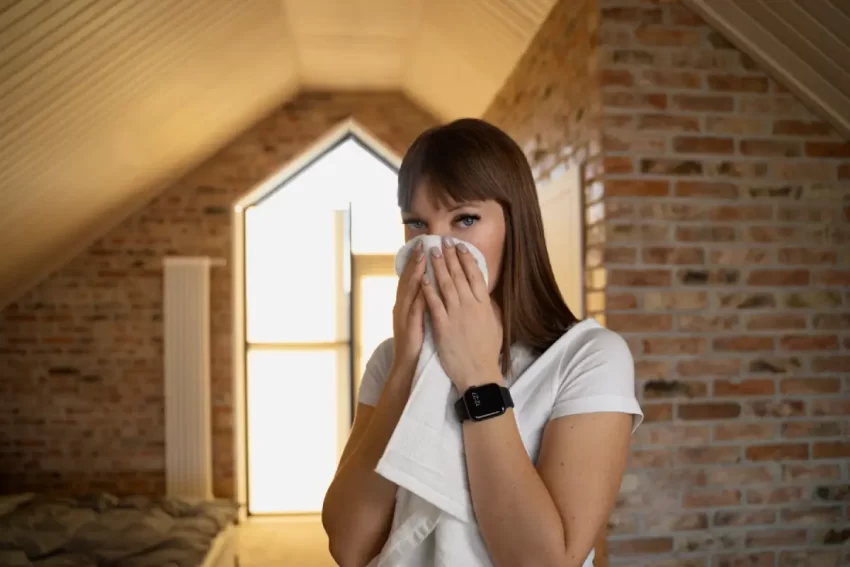Indoor air quality is crucial for health, wellness, and comfort, but many homeowners are unaware of the impact of mold contamination. Mold, often hidden, releases spores and chemical byproducts, causing unpleasant odors and health risks, especially for sensitive individuals. Therefore, it’s essential for homeowners to evaluate their spaces for potential mold threats regularly.
One of the most reliable strategies to achieve this is by opting for regular assessments conducted by professionals who specialize in West Chester, PA Mold Testing Services. These specialized services do more than identify visible mold; they uncover hidden dangers and provide actionable guidance for remediation and preventive care, ensuring the household air remains healthy.
Understanding Mold and Its Growth
Mold is a fungus that thrives in moist, warm environments and can spread rapidly indoors. It can be found in common residential areas, such as bathrooms, basements, and kitchens. Porous materials, such as drywall, wood, insulation, and carpeting, are particularly susceptible. Mold exploits moisture sources to colonize new areas, often emitting musty odors.
Its growth can accelerate if indoor humidity exceeds 50% or if there are hidden leaks. Insufficient ventilation, water intrusion, and failure to dry areas after water damage or flooding increase vulnerability. Unchecked, mold can infiltrate large regions, causing visible damage and compromising indoor air quality. Regular monitoring is crucial to limit the impact of mold on health and property.

Health Implications of Mold Exposure
Mold exposure can cause mild irritation in some individuals. Still, high-risk groups, including those with asthma, allergies, chronic diseases, weakened immune systems, young children, and the elderly, can experience severe reactions even with small amounts of mold. Typical health effects linked to mold exposure include:
- Persistent respiratory symptoms such as coughing, sneezing, wheezing, or shortness of breath
- Frequent sinus congestion, nasal stuffiness, and recurrent headaches
- Irritation of the eyes, nose, and throat—often accompanied by redness, itchiness, or a burning sensation
- Skin rashes, unexplained irritation, or itchiness after contact with contaminated surfaces
- Asthma attacks or increased respiratory distress for those already diagnosed with asthma
According to the American Lung Association, sustained or repeated exposure to mold, even at low levels, lays the foundation for more severe chronic respiratory illnesses and poorer overall lung health, particularly among children, older adults, and individuals with compromised immune systems. Irritated airways and exacerbated allergies can significantly impair quality of life, making effective mold management not just a comfort issue, but a health necessity.
Impact on Indoor Air Quality
Mold contamination undermines indoor air quality by introducing multiple hazards that directly and indirectly affect human health and comfort:
Release of Airborne Spores
Mold releases microscopic spores into the air, which are easily scattered and ingested by residents, leading to allergic reactions and respiratory distress. These spores are primarily sourced from activities such as vacuuming, dusting, and the operation of HVAC systems.
Production of Volatile Organic Compounds (VOCs)
Certain mold species emit volatile organic compounds (VOCs), which can cause strong, unpleasant odors, irritate mucous membranes, exacerbate asthma, and lead to persistent headaches, dizziness, nausea, and cognitive effects. Chronic exposure can lead to neurological symptoms, turning living spaces from comfort zones into discomfort zones.
Structural and Material Damage
Mold steadily deteriorates the organic materials it grows on, damaging drywall, insulation, ceiling tiles, wooden studs, and many other materials. As these materials degrade, they not only lose structural integrity but also continuously release fine particulates and broken mold fragments into the indoor air, further worsening IAQ and increasing both the financial and personal burdens of remediation.

